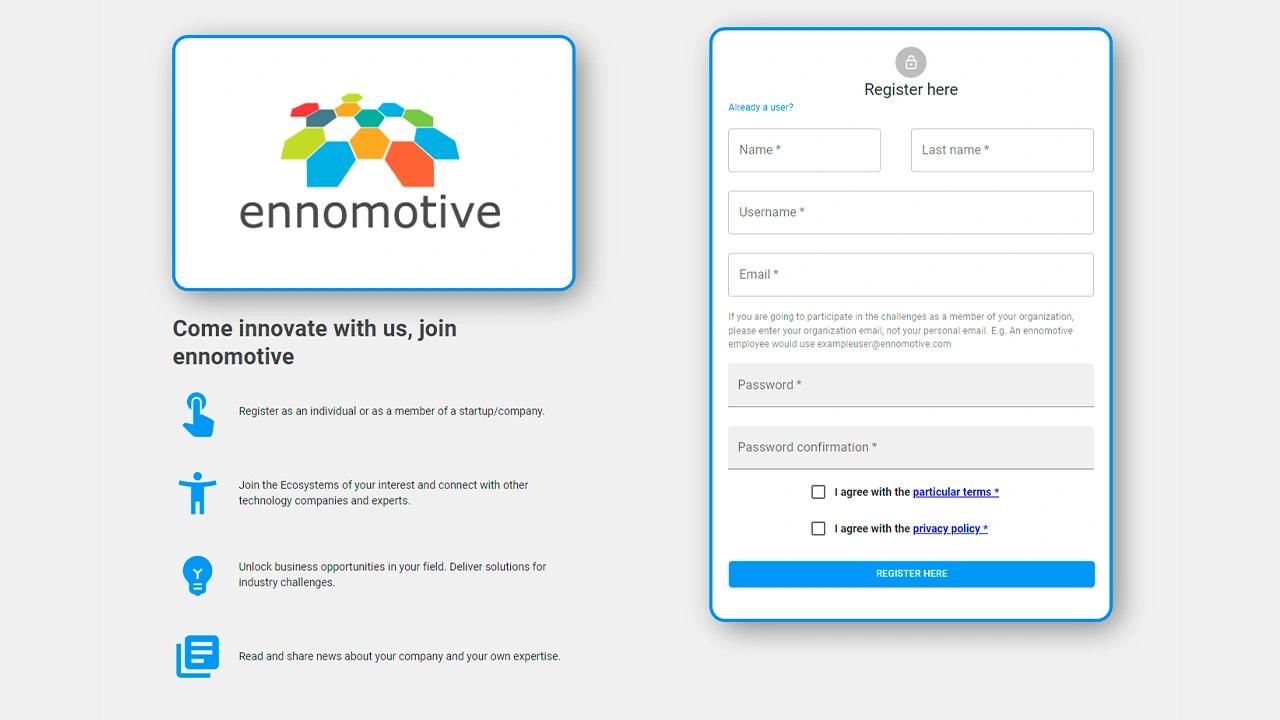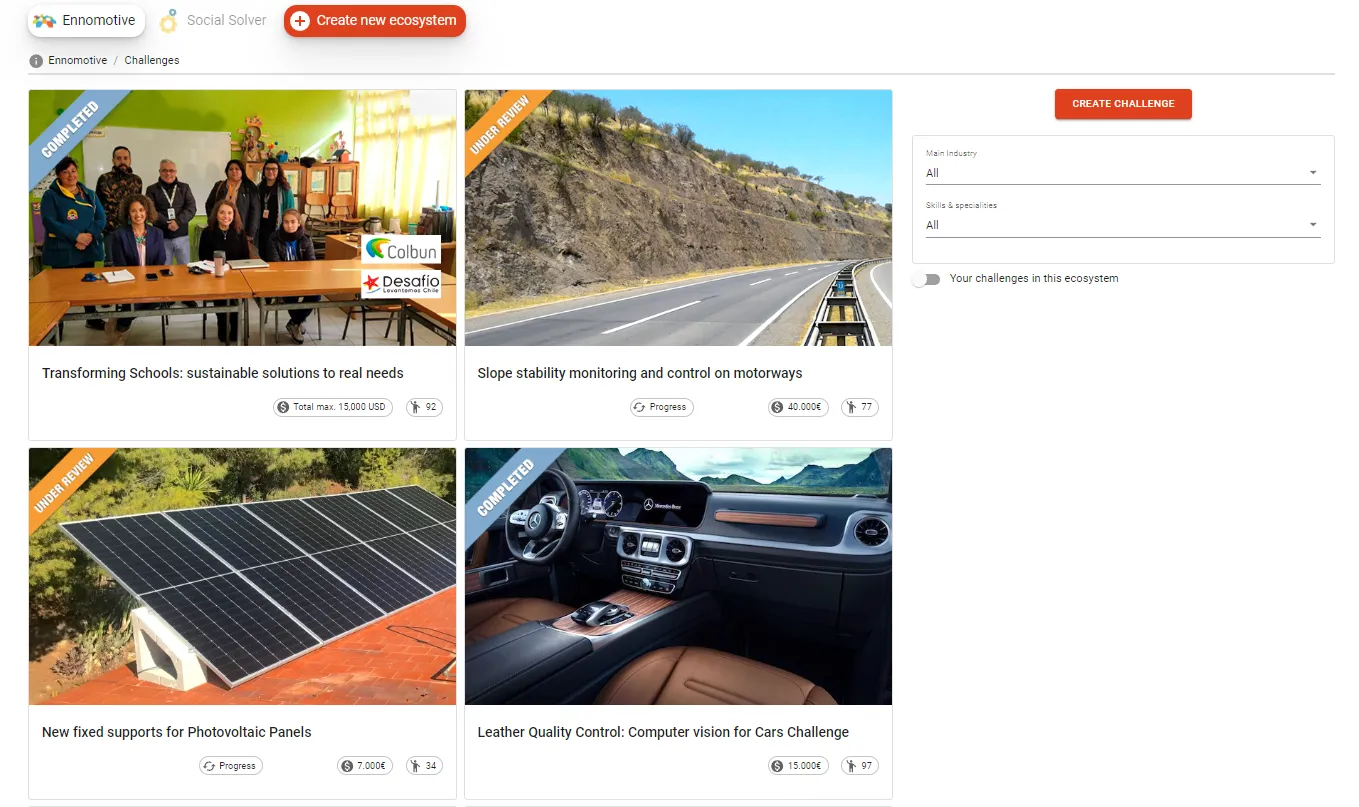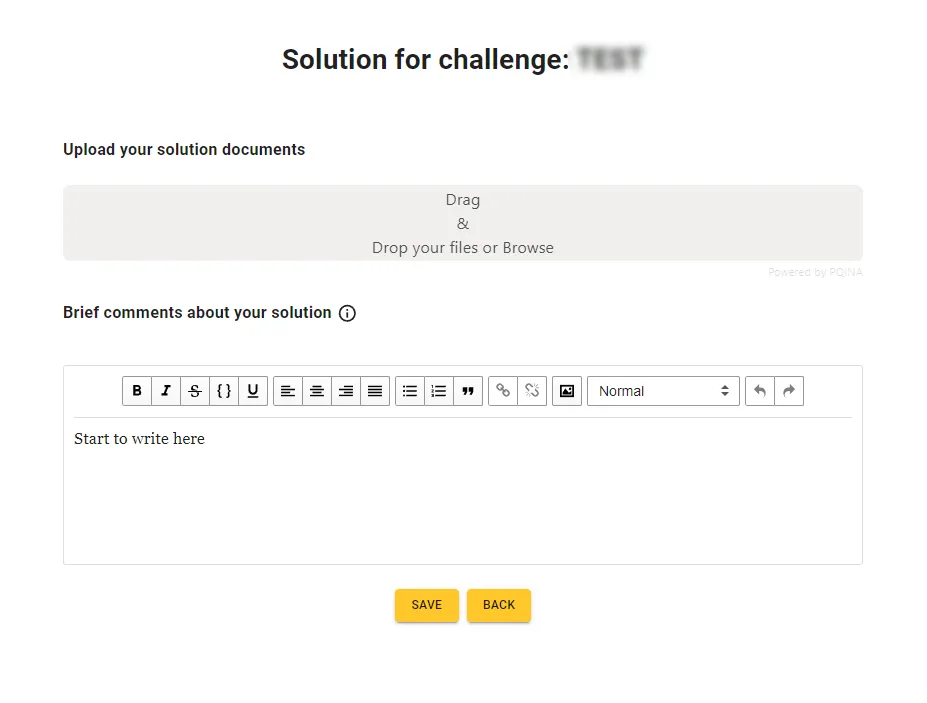Context - Background
Ayuda en Acción has been working since 1981 to improve the quality of life of the most vulnerable communities. Among its main lines of cooperation are the strengthening and modernization of the productive and industrial capacity of these communities. This modernization is based on projects that sometimes use frugal innovation strategies.
This new challenge is located in the community of students of the IES (Instituto de Educacion Secundaria) San José de Badajoz, in Extremadura (Spain). The "Ayuda en Accion" program’s objective is to guide and motivate young people to discover their vocation, develop their skills and thus contribute to their life project.
This programme promotes the training and employment of young people through professional coaching and tools. “Ayuda en Accion” job is to follow up young people through a comprehensive orientation and insertion pathway and the transition from training to employment.
In addition to serving as a technical training in new technologies, improving the 3D printed wheels would help students to start a new venture and get a first employment opportunity for the young graduates.
Problem - The challenge
We all have experienced the growth of personal mobility; and especially the increase of electric scooters. The wheels of these scooters are usually made of rubber or polyurethane, but rubber is difficult to recycle.
The wheels can have an air chamber or be of a solid material. The first ones are more comfortable but they puncture easily and are difficult to change. There is no optimal design.
The students plan to solve this problem, making wheels with their 3D printers, and have even made some preliminary designs, but there are some barriers to the success of the initiative:
- possible materials to be used
- having the right printers,
- or SW for the analysis of efforts and their use.
They need to see what the possible designs and paths are before entering a 3D wheel manufacturing venture.
What we need
We are looking for a wheel designs for electric scooters (also normal) to be 3D printed, as well as the materials to be used (it can be of different materials if it is possible to assemble and/or stick).
These designs should improve some or several of the properties of the most common wheels: mechanical, comfort, durability, grip, striking design... and try to combine the advantages of the two current types (with air chamber and solids). Tyres with air chamber are not desired.
Designs should be tested on a mechanical stress SW tool to confirm a first feasibility.
The wheels must comply with Spanish regulations for scooters:
- maximum speed of 25 km/h
- minimum wheel diameter of 8 inches (20.32 cm)
- Smooth tread tires are prohibited
- you must brake with both wheels
They must also support the weight of a user of a maximum of 150kg (between the two wheels).
You can find attached a PDF file with the dimensions of the proposed wheel (235x235x60mm, internal diameter 93mm) to be redesigned, as well as pictures.
Materials compatible with the available 3D printers would be preferred. Otherwise, we would expect a recommendation about the required 3D printers.
The 3D printer models available at the center are:
- Lion 2 (can print up to 210x200x195mm)
- Linant 3D (can print up to 218x123x240mm)
These others could also be used:
- CREALITY ENDER 3 V2 NEO (can print up to 220x220x250mm)
- Creality CR10 S4 (can print up to 400x400x400mm)
There is also a 3D scanner available.
Materials currently available and compatible with some of the printers:
- PLA 850.
- PLA HR-870.
- PET-G.
- ASA.
- TPU (hardness: 82A).
- NYLON usable in the last printer described, in the rest it gives printing problems.
Evaluation criteria:
- Technical viability
- Degree of improvement over current features
- Greater viability and simplicity in manufacturing
- Greater durability
- Minimum possible cost
- Less environmental impact
- Easy acquisition, implementation and maintenance
This is a challenge with the following deliverables:
A PDF document that includes:
- Technical description of the proposed design and its 3D model.
- Specification of printers and materials to be used.
- Mechanical resistance model and results. If possible, static and dynamic forces.
- Investments required (if the printer is new).
- Approximate manufacturing cost (printer, materials and time)
A 3D file with the design (.stl)
Additionally, you can add other attached documents to support your solution.
Deadlines:
1 round – 8 weeks for delivery (May 13, 2024) + 6 weeks for evaluation
-------------------- Specific Terms and Conditions -------------------------- --
Confidentiality – N/A
Intellectual property -
You understand, acknowledge and accept that Ayuda en Acción, the seeker and ennomotive will have access to your solution. You also understand, acknowledge and agree that other solvers may create or have created content that may be similar or identical to your solution in concept, theme, idea, format or other aspects. In the event that your solution is identical or similar to that of another solver, Ayuda en Acción or, where applicable, the seeker reserves the right, at its discretion, to award a higher score to one of the Solutions in accordance with the terms of the Challenge, or to randomly choose a Solution from among all those that meet the terms of the Challenge.
By participating in a Challenge, and in the event that your solution is selected as a WINNER, you agree that:
- If you propose a patented solution, you will retain the intellectual property rights and Ayuda en Acción and, where applicable, the seeker will only have the rights to use this specific project.
- If as a result of this challenge a new technological solution or application with Intellectual Property rights is generated, the winner will exclusively transfer their rights to Ayuda en Acción, and where appropriate to the seeker with the aim of using said technological solution or application in social purpose projects, whether their own or those of others. This transfer will be unlimited in time and territory.
To learn more about how our challenges work, visit How it works: Innovation Challenges



